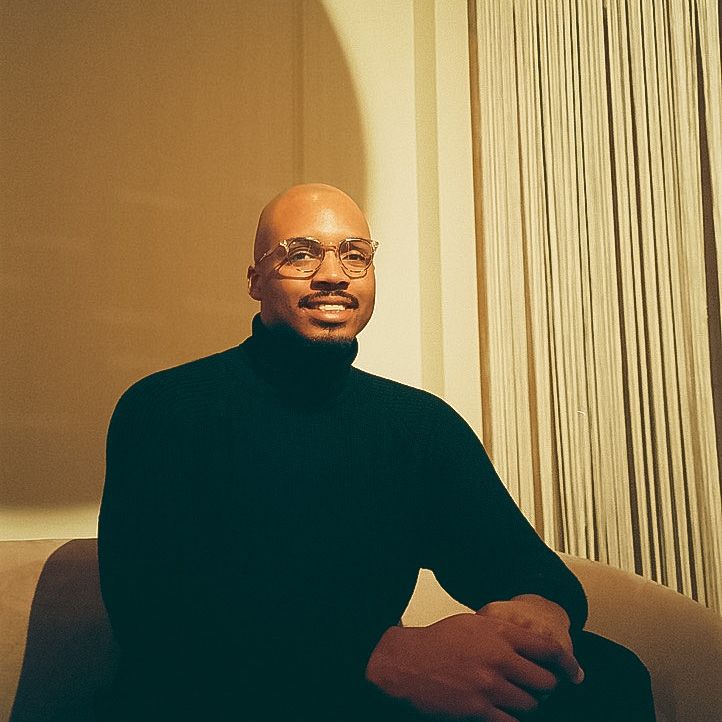1,292 reads
Everything You Need to Know About DAOs (Decentralized Autonomous Organizations)
by
October 18th, 2021
Audio Presented by

Head of Labs @ Momentum 6 | Tech Entrepreneur | Blockchain Investor | Car Enthusiast | Ask me about crypto and NFTs
About Author
Head of Labs @ Momentum 6 | Tech Entrepreneur | Blockchain Investor | Car Enthusiast | Ask me about crypto and NFTs